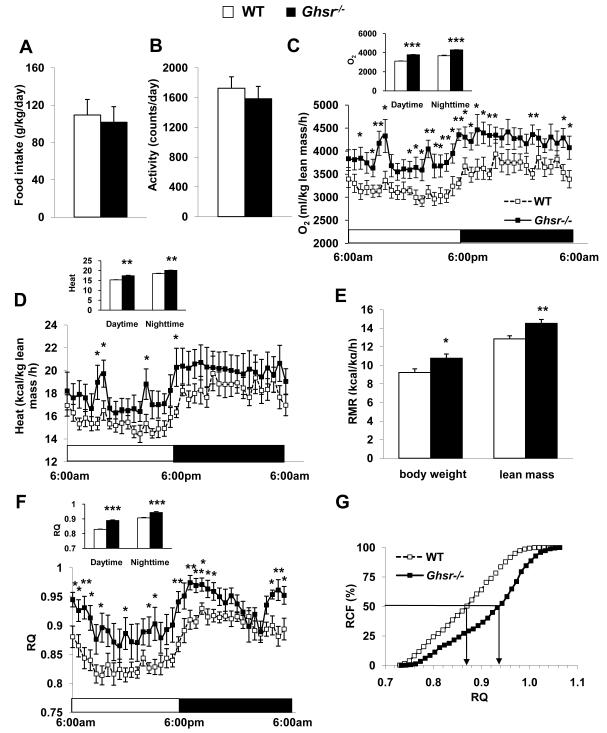Figure 3. GHS-R null mice have increased energy expenditure and improved metabolic flexibility.
22-month old WT and Ghsr−/− mice were used.
(A) Daily food intake during calorimetry.
(B) Total locomotor activity during calorimetry.
(C) Oxygen consumption (VO2), normalized with lean mass and average values of oxygen consumption during light and dark cycles (inserts).
(D) Energy expenditure normalized with lean mass.
(E) Resting metabolic rate (RMR) was measured during light cycle, and normalized with both body weight and lean mass, respectively.
(F) Respiratory quotient (RQ) and average of RQ (inserts) during light and dark cycles.
(G) Relative cumulative frequency (RCF).
n = 8 for all experiments A through G. *, p < 0.05, **, p < 0.01 ***, p < 0.001, WT vs. Ghsr−/− mice.

